Read how to catch Sheepshead on the Outer Banks. Learn about the life history of Sheepshead and effective fishing techniques.
❝Sheepshead fishing has become highly popular as more people take to the water in search of a respectable fighting fish with good table qualities. These fish are an excellent choice for both of these reasons and more.
Description
Progy Family
Sheepshead belong to the Porgy family. They have rounded, flattened bodies with black and silver vertical stripes: large fins with big spines; and a big tail. Sheepshead have many rows of large, crazy-looking teeth that are useful for crushing things with hard shells.
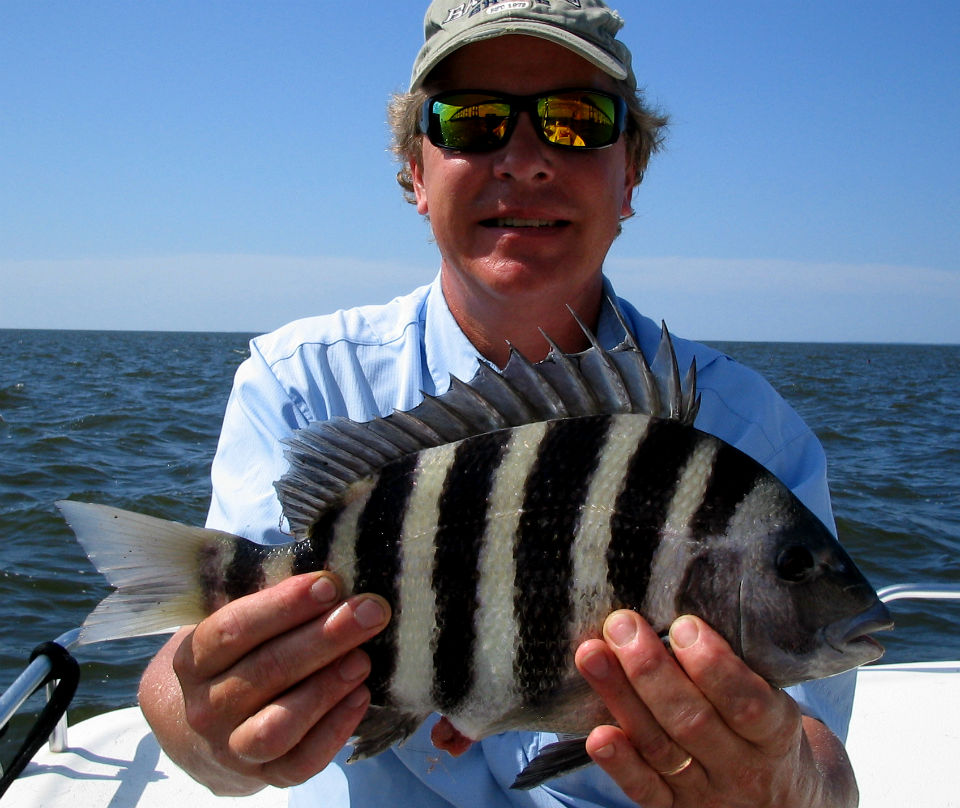
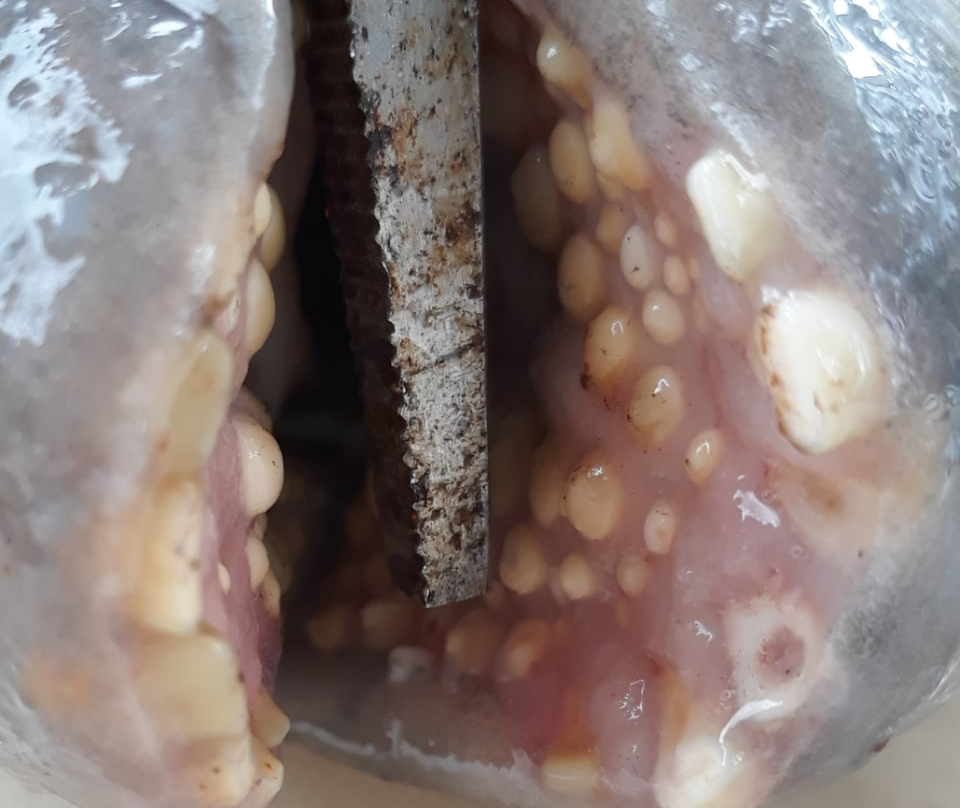
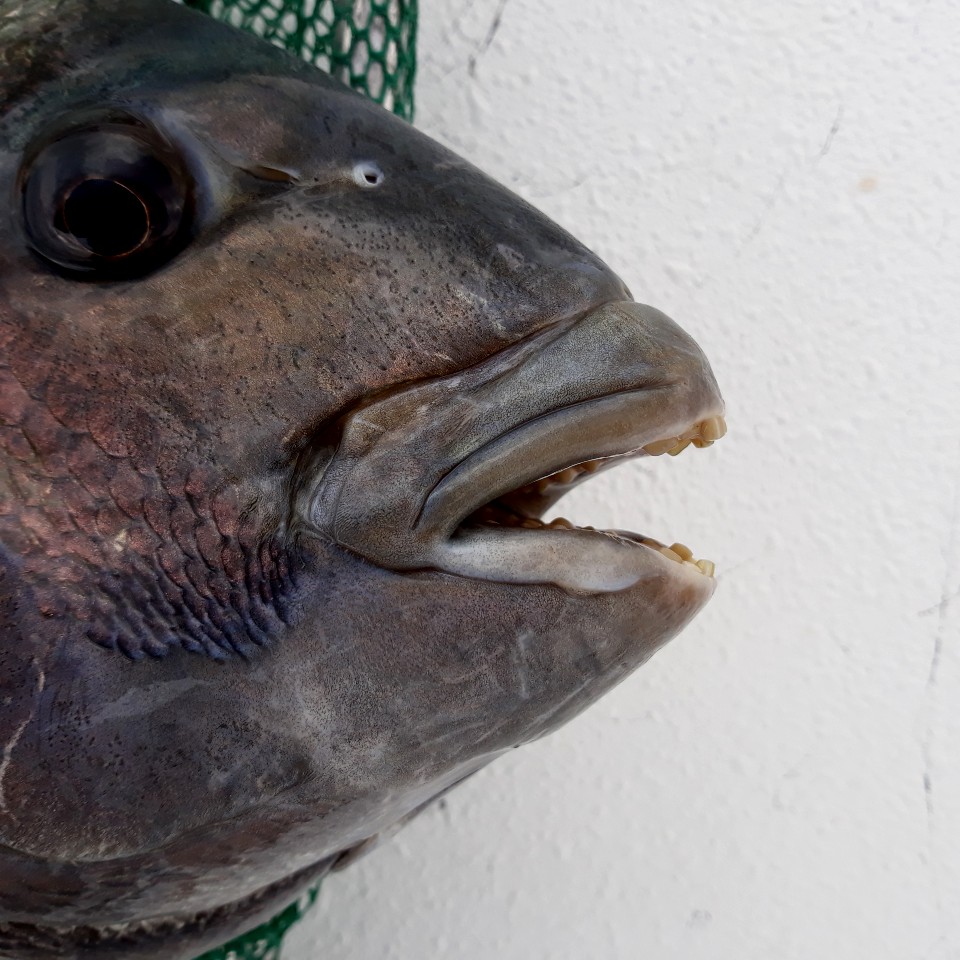
Habits/Natural History
Sheepshead are schooling fish that love structure and are attracted to barnacles, mussels, snails, oysters, and more. They use their large teeth to catch, scrape, and crush these critters for their food.
They spend most of the year in sounds, bays, and other estuaries looking for food and spawning sites. As the water cools, they will move to offshore structures or move farther south to warmer water.
Gamefish Qualities
These fish are strong! The Sheepshead's tall broad bodies create lots of water resistance and magnifies their pull. A large broad tail powered by big muscles creates incredible thrust making for some drag-ripping runs. In spite of large teeth, they often bite very lightly and steal baits on a regular basis. They can be difficult to hook and can require finesse. A striped bodysuit with a tendency to steal earns this fish the nickname of 'Convict fish.' They need to be studied in order to be consistently successful. Sheepshead can be found in many environments, many of which are close to shore within reach of most anglers.
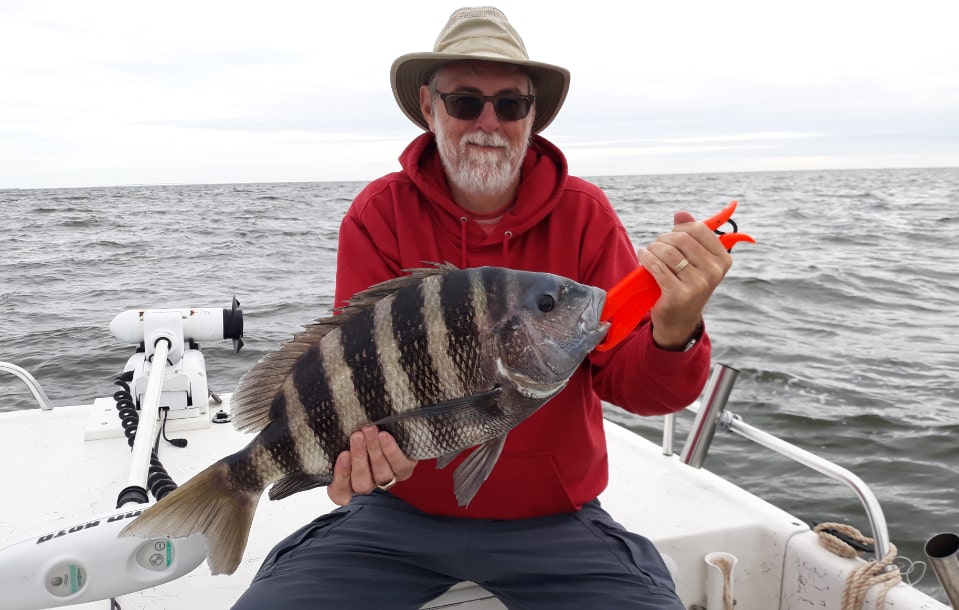
Sheepshead Fishing Techniques
Basic Tackle
You will usually find these fish around some kind of structure and the bigger ones fight hard so medium to heavy spinning or conventional gear is what most anglers use. The following items cover most situations:
- 6- to 7-foot rod
- 2500 – 3500 series reel spooled with 20- to 30-pound line
- 40- to 60-pound leader material
- sizes 2 – 2/0 hook

Basic Rigs
- Carolina rig: one-ounce egg sinker on running line tied to swivel; 12- to 18-inch, 40-pound leader running from swivel to hook
- Bottom rig: weight on bottom with some sort of dropper hook attached between it and a swivel; use a 30- to 50-pound line
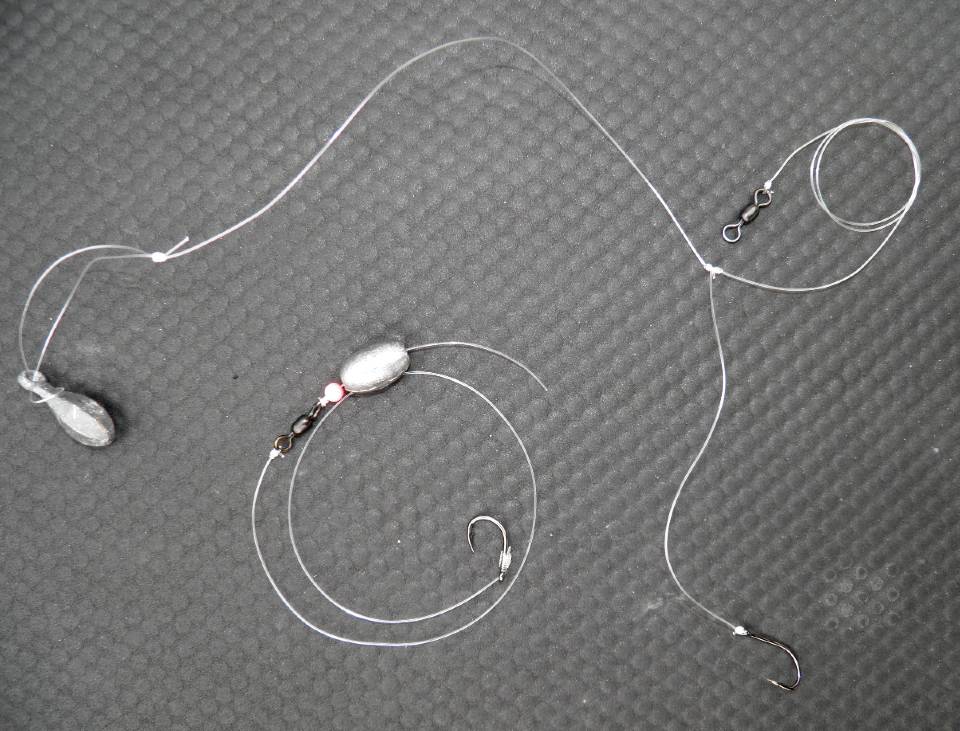
Jigs and Bottom Knockers
A jighead is a piece of weight affixed to the shaft of a hook directly beneath the eye. It gives the angler an advantage by letting them know exactly where the baited hook lies each time there is contact made with any structure. Many people use a jig dressed with hair, feathers, or some sort of artificial plastic body to catch a large assortment of species. Sheepshead anglers use bare hook jigs baiting them with a piece of crab, shrimp, or sand flea.
There are some newer types of jigs that are made specifically for Sheepshead and Tautog (blackfish). They have an angled body shape, a shallow profile, and an upturned eye, which help them:
- self-right in many situations
- keep the hook in an upright position most of the time
- increase hook-ups
- hold bottom in strong currents
- prevent snagging on bottom structures
- be cast and bounced back without snagging up all of the time
A bottom knocker or knocker rig is a carolina rig with no swivel between the hook and sinker. The egg sinker is able to slide down directly to the knot connecting line to hook. The main advantage here is getting the bait and weight to reach the bottom together at the same time. There is no long leader to get tangled on the drop. It is rather specific in its use but worth knowing how to tie when the cover is extra tight to get through.
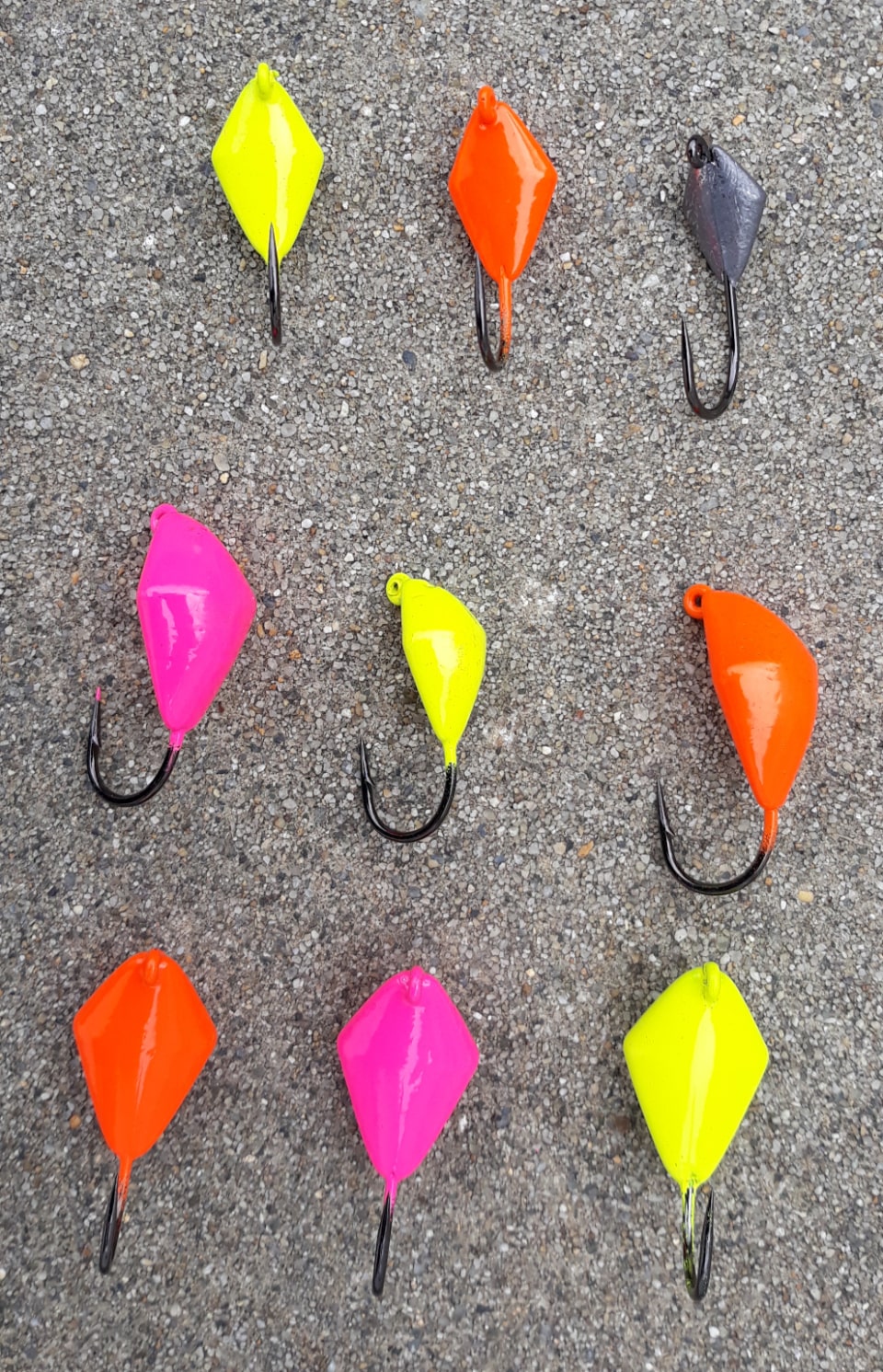
Hooks
Buy good quality, heavy wire hooks, sizes 2 ‐ 2/0 (I use Owner Aki™, Owner Gorilla Light™, or Gamakatsu Live Bait Light™).
Remember to match the hook size to the bait. Try to hide as much of it as possible. Baits with hard shells can be used whole or as cut bait. Softer baits can be attached directly to the hook or tied in a mesh bag or wrap.
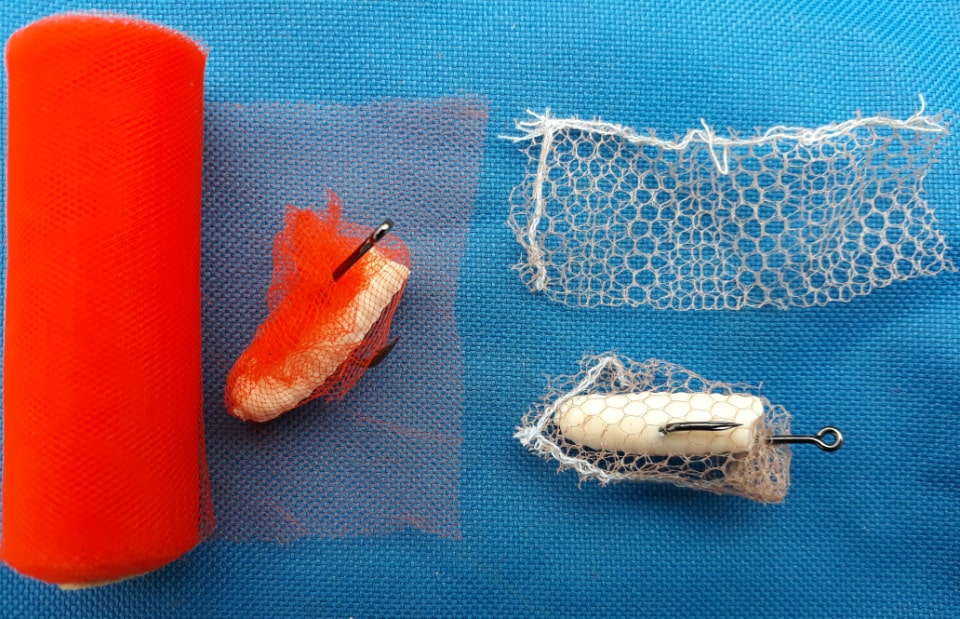
Bait
Most people fish with natural bait. If possible, use these baits in this order: alive, freshly dead, or frozen. Good choices include:
- Fiddler crabs
- Mole crabs (sand fleas)
- shrimp
- Blue crabs
- oysters
- Mud crabs
- clams
- mussels
- snails
- barnacles
Where to Find Fish
Look for structure. Bridge pilings, jetties, docks, rock piles, oyster beds, and reefs can all hold fish.
How to Catch Sheepshead
While tied off or fishing from anchor, lower the baited hook to bottom. When the sinker touches bottom, raise it a little and wait. If nothing happens, slowly raise the rod tip a foot or two and then slowly lower it. Repeat.
As you fish, always be watching the line between the rod tip and where it enters the water. Small movements in any direction will mean a fish is swimming with the bait. It will signal a bite way before you feel anything.
If you think you feel a bite, set the hook! If you are not sure, slowly raise the rod tip and if you feel the weight of a fish, set the hook!
A lot has been said about how sneaky these fish can be at stealing bait. Sheepshead can bite so light that you can barely detect it. However, if you are paying attention, you will notice most of the bites. If the fish are being competitive with each other, aggressive fish will grab and run, pulling the rod along with them. These bites are strong and require an immediate hook set.
After the Catch
Sheepshead are tasty and deserve the time and effort needed to insure that the best quality meat makes it to your stove. The flesh is white and firm. It can be fried, baked, broiled, and grilled. It is mild flavored and delicious!
Bleed the fish before putting it in the cooler. Gut and gill it, if possible. Ice down your fish covering both the top and bottom. Do not let it sink under melted water (prevents soggy meat). Clean as soon as possible. Avoid the overnight cooler routine.
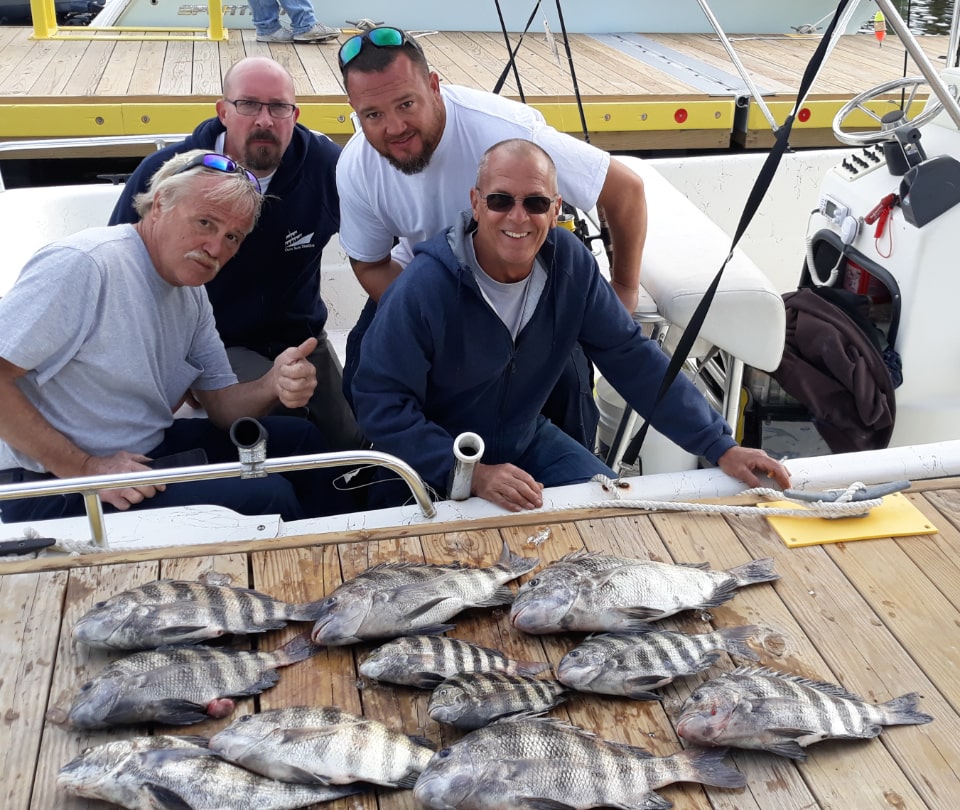
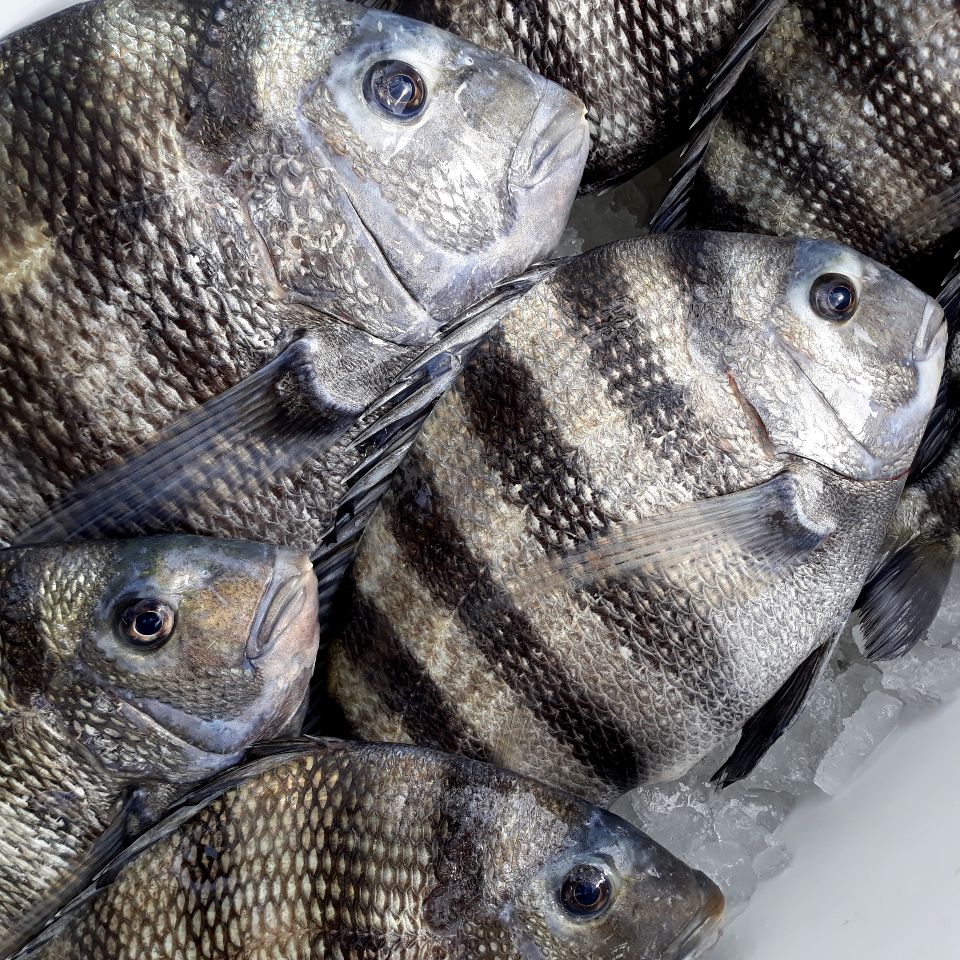
Cleaning
- Fillet your fish: There is a groove running along each side of the dorsal fin. Insert your blade there to get started; unless the fish is large, belly meat is not worth cutting out; avoid cutting the thick rib cage
- Skin the finished fillets
- Run your fingers down each side and feel for any bones and remove these as you cut out the bloodline
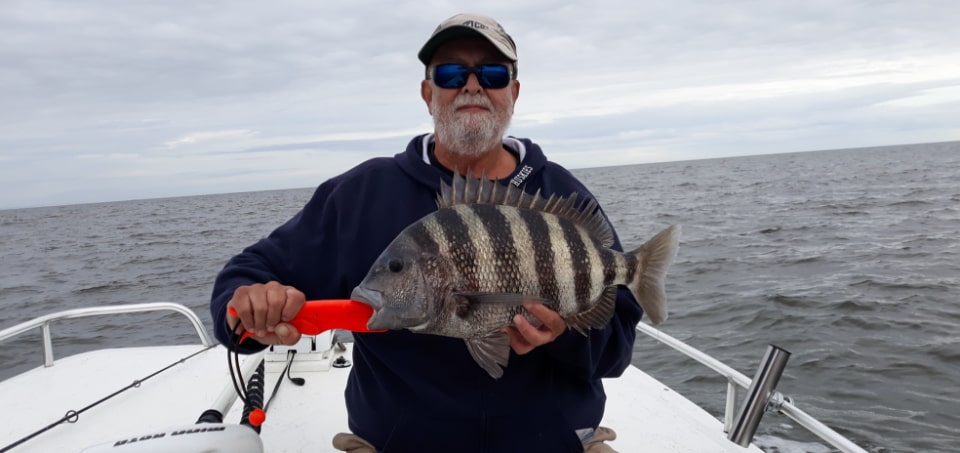
Contact me if you are interested in booking a charter and learning more about how to catch Sheepshead on the Outer Banks.❞
